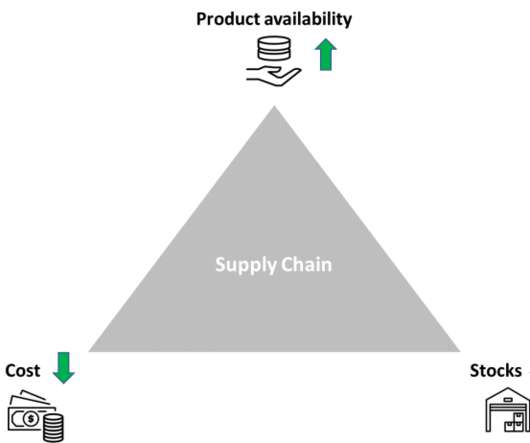Welcome 2019
Supply Chain Shaman
JANUARY 2, 2019
The teams in these seats did not experience the down market in 2007 or the start of the market run in 2009. Companies cannot save their way to supply chain excellence with cost-cutting and inventory management — customer back capabilities. In 2019, here are seven trends that I will be tracking: The Horizon? The teams are new.

































Let's personalize your content